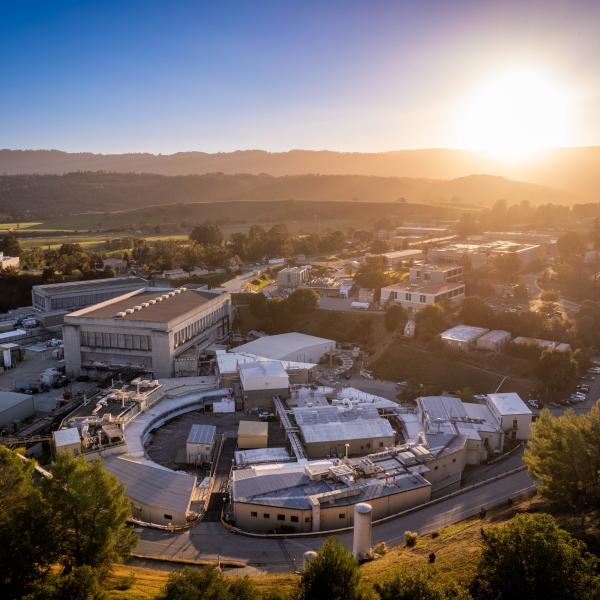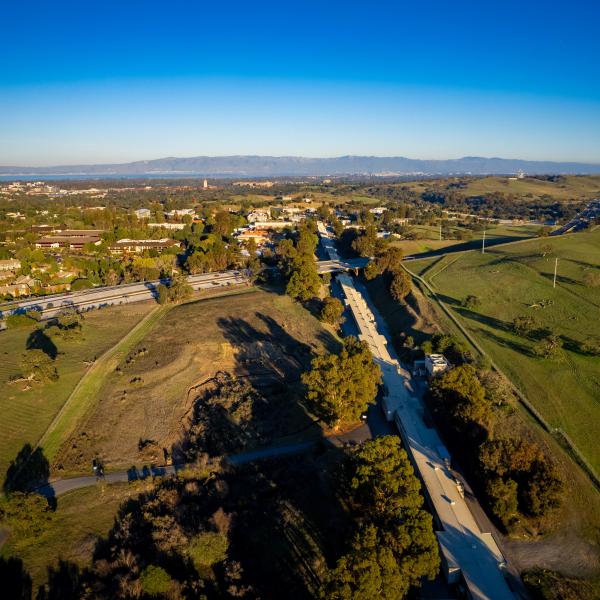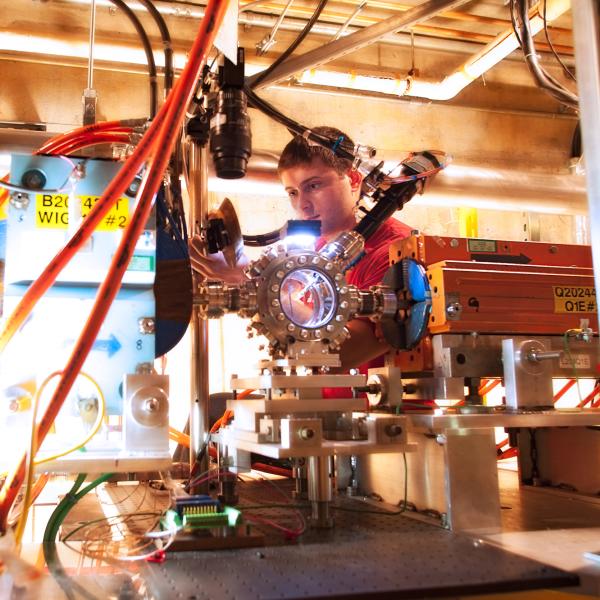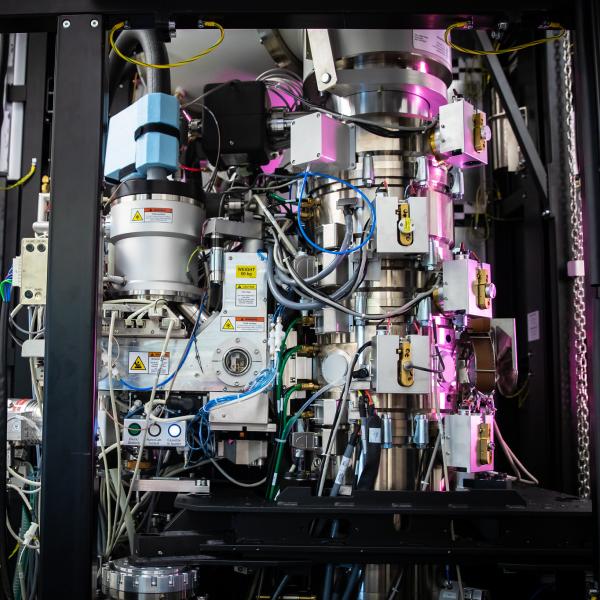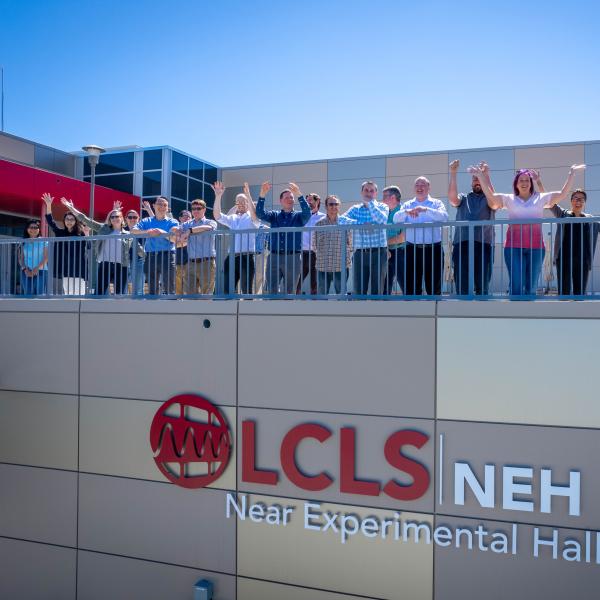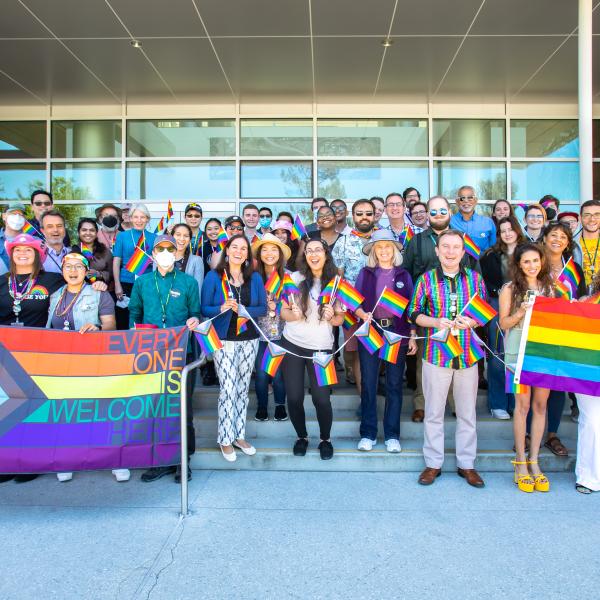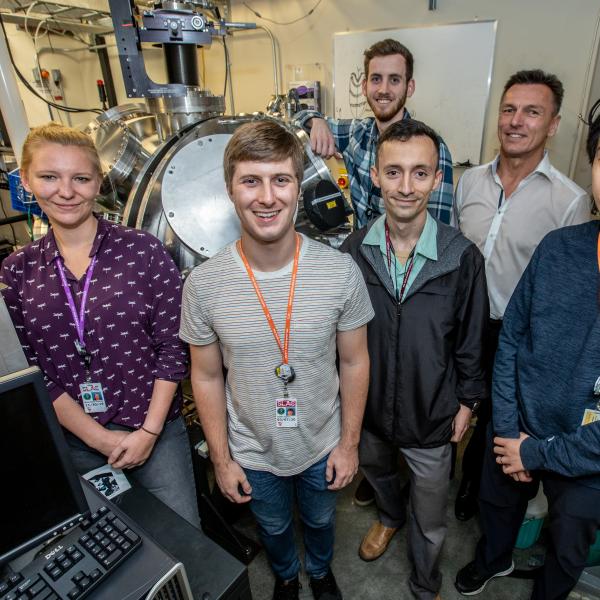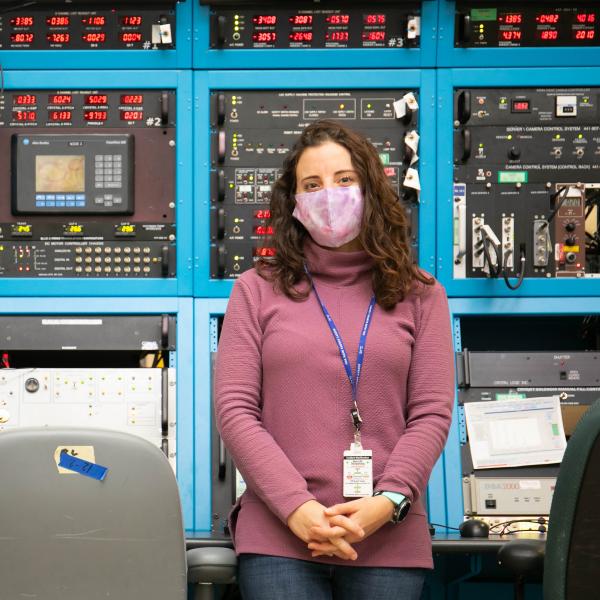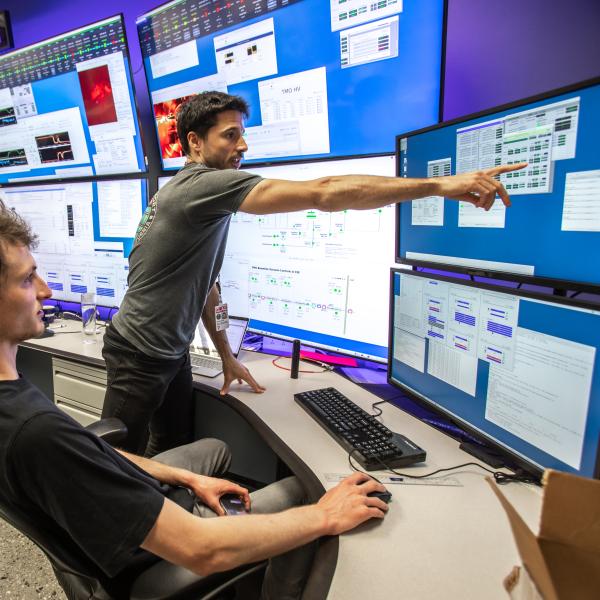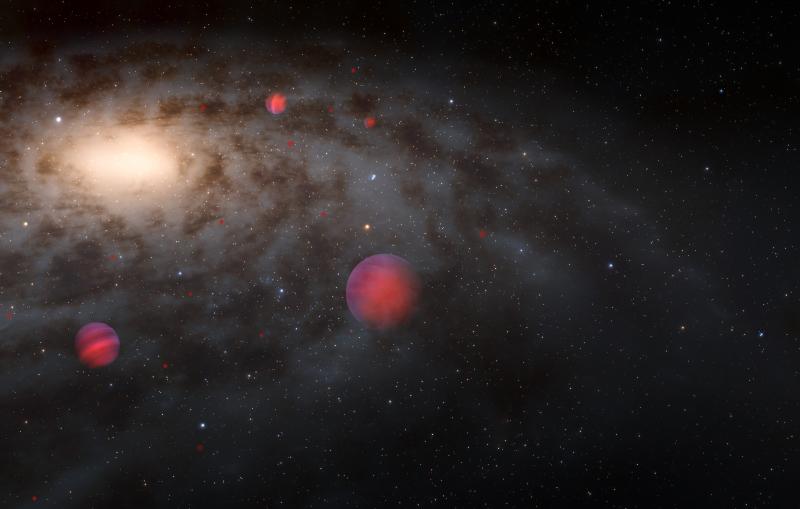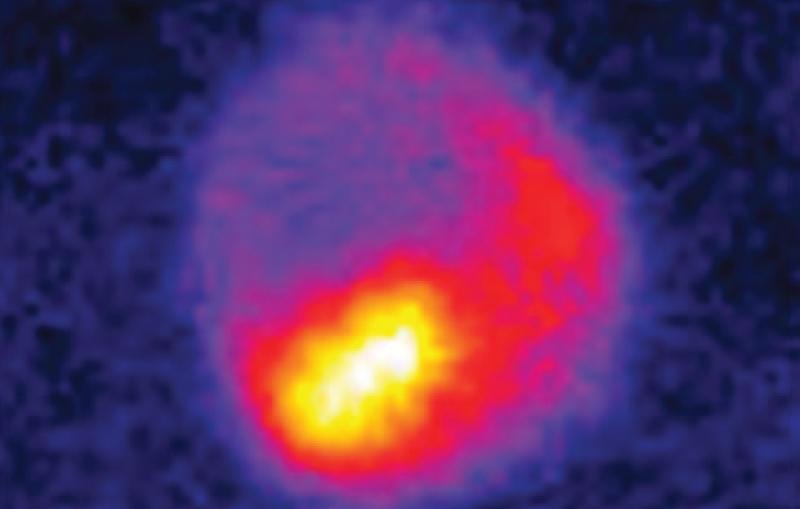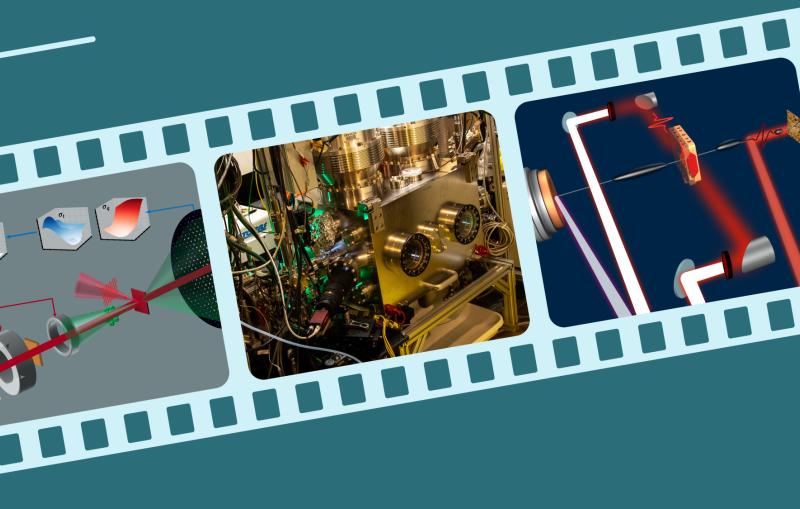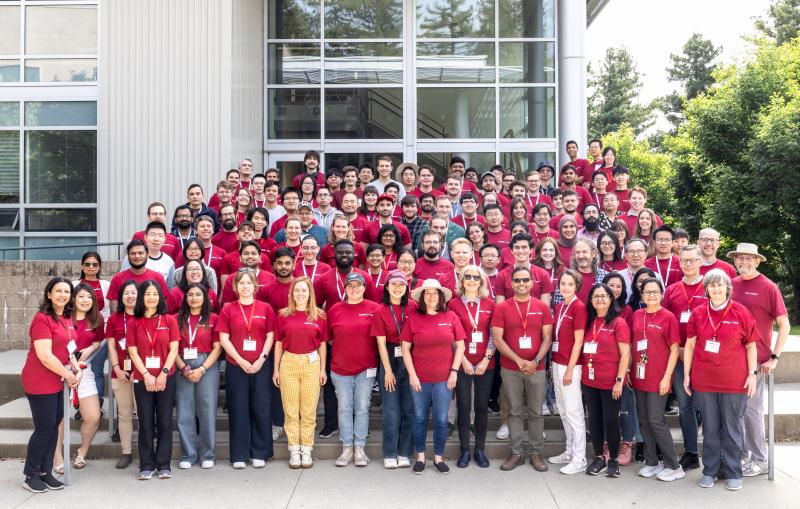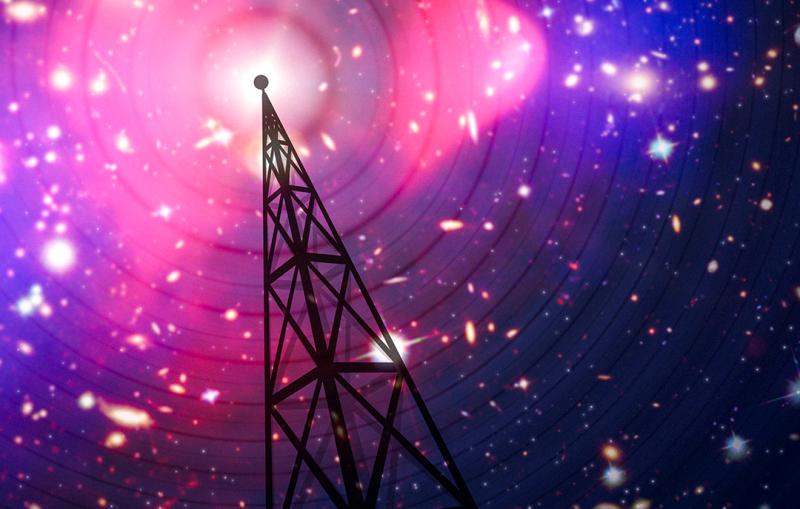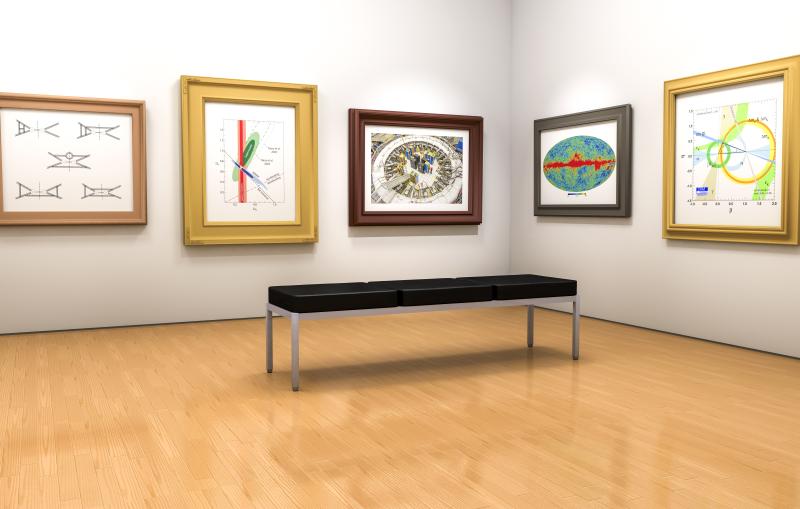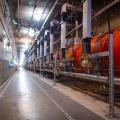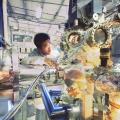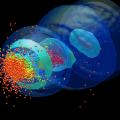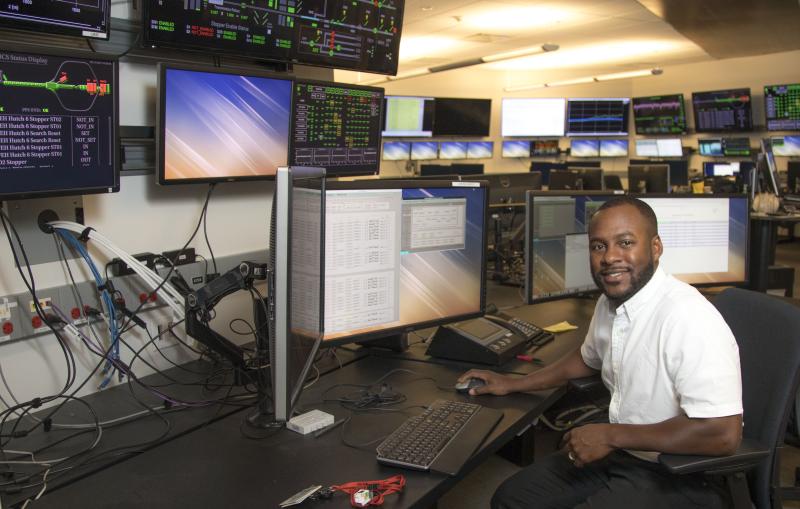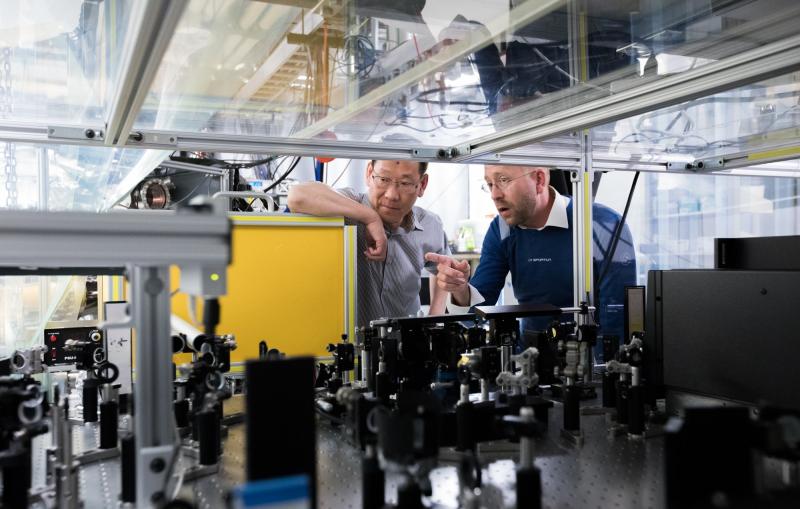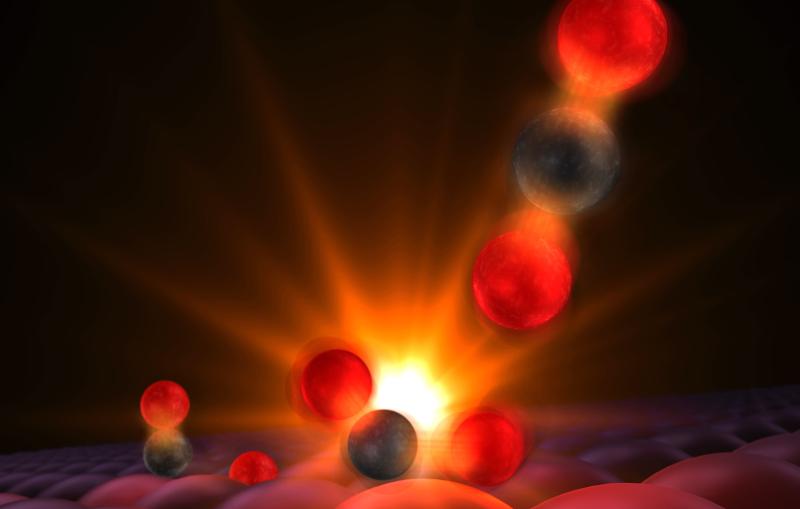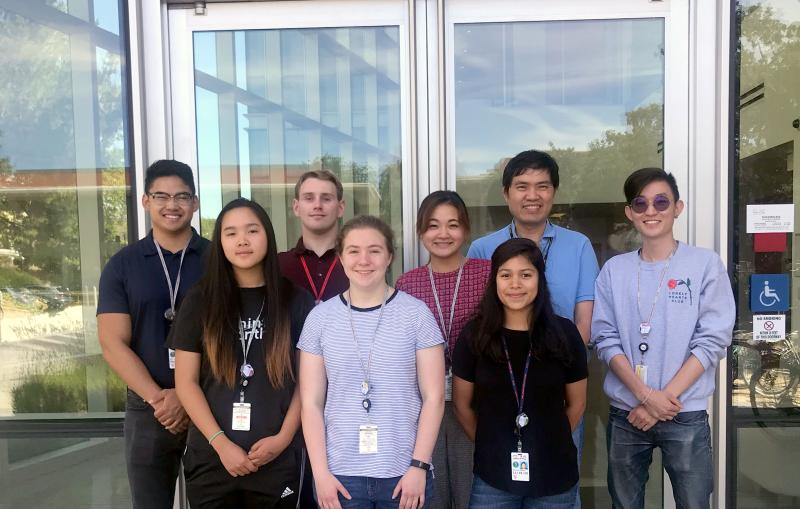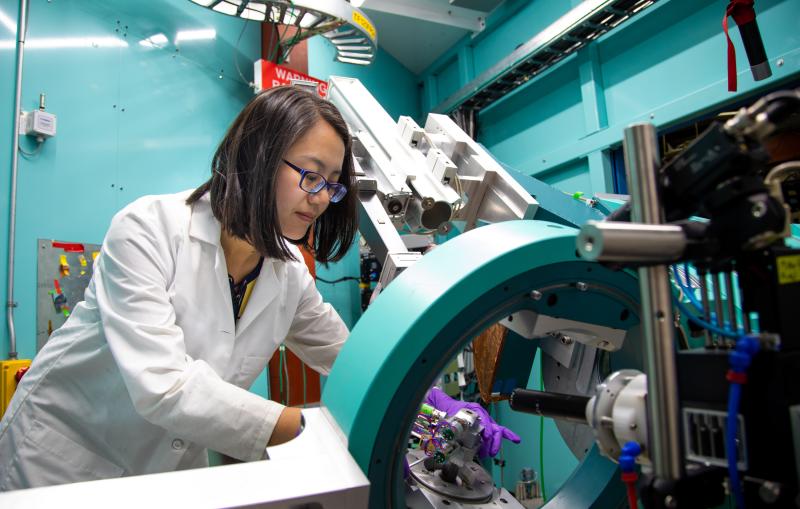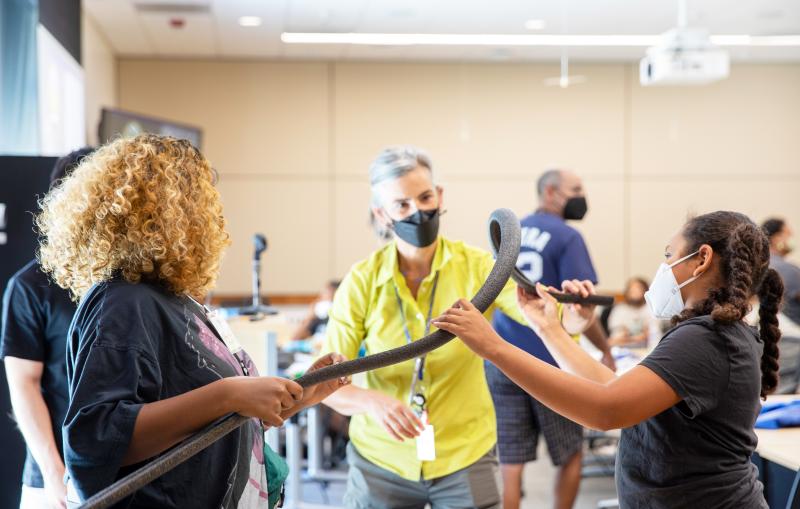Facilities & centers
At our large-scale facilities and specialized centers, scientists take advantage of powerful tools and unique expertise and collaborate with each other across a wide range of disciplines. Working together is what makes science tick.
SLAC people
To achieve our ambitious goals and keep SLAC a great place to work, the lab needs a creative, diverse and united workforce – people with a wide variety of experiences, ideas, skills and backgrounds.
SLAC news center
The method could lead to the development of new materials with tailored properties, with potential applications in fields such as climate change, quantum computing and drug design.

Lab DirectorSLAC is a vibrant community of diverse perspectives and expertise, all working together to solve some of the most pressing challenges of our times."

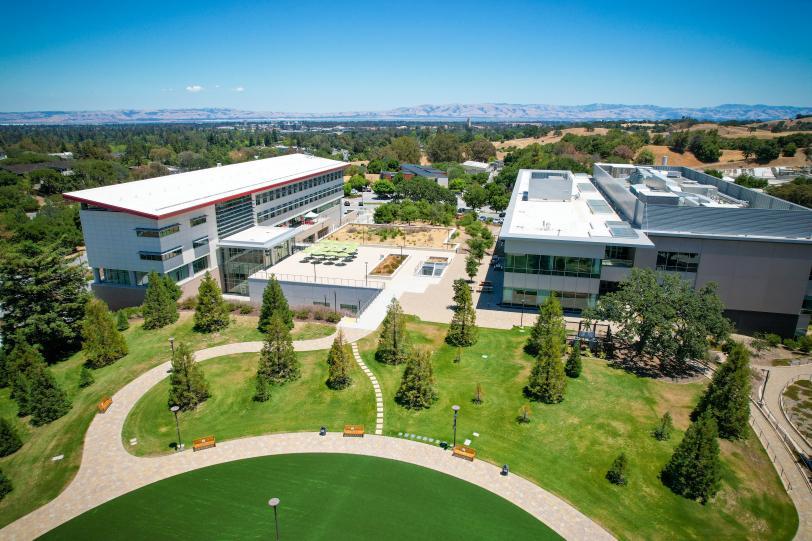
Who we are
SLAC National Accelerator Laboratory is a Department of Energy national lab run by Stanford in the heart of Silicon Valley. We invent scientific tools to explore the universe at its biggest, its smallest and its fastest.
Olivier Bonin/SLAC National Accelerator Laboratory
